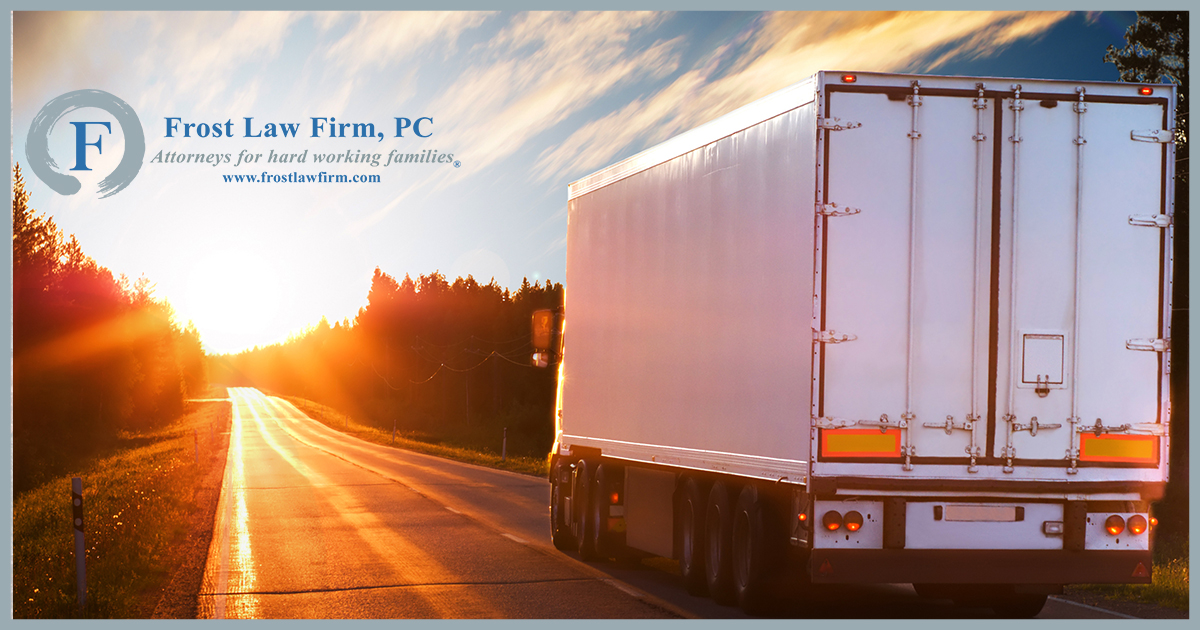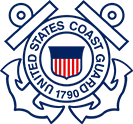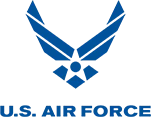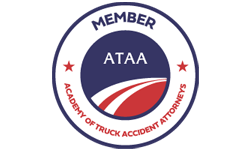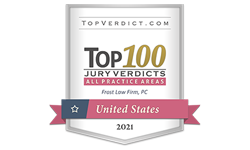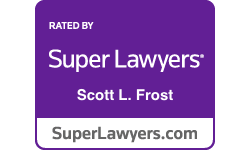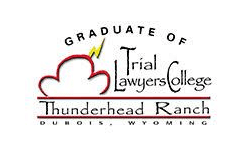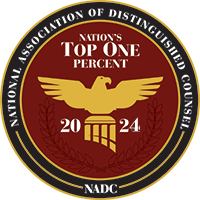The freeways in Southern California are notorious for heavy congestion. Long Beach is no exception in this respect. Whether you’re traveling along State Route or Interstate 710, the Long Beach Freeway, or surface streets, you’re bound to encounter your fair share of large trucks.
The reason why this is the case is because, according to the Port of Long Beach, it’s one of a small handful of ports in the U.S. that is adequately equipped to receive large water vessels from around the world.
Given how your chances of encountering big rigs in our area are high, we thought it appropriate to address what is the safest way to pass an 18-wheeler. Continue reading, and we’ll discuss best practices for doing this in hopes that it minimizes the chances of you becoming involved in a crash with one of these large vehicles.
Pass On the Left Whenever Possible
California Vehicle Code 21755 doesn’t prohibit motorists from passing another automobile, trucks included, from the right. However, it’s always in your best interest to pass on the left whenever possible.
Why?
While most motorists, truckers included, are likely to use both their driver and passenger side mirrors as they travel along the road, they’re more apt to use the former since it’s the one closest to them. If you pass on and they’re also looking to the mirror on their left, they’re more apt to see you, thus enhancing your safety.
Don’t Cut in Too Closely When Passing
One of the biggest misconceptions passenger car drivers have about truckers is that they can bring their tractor-trailers to a stop as quickly as motorists operating small vehicles can.
In most cases, it takes as much as the length of one-and-a-half or two football fields (or time equivalent of five to six seconds) for a large truck like this to reach a full stop provided they acknowledge the potential hazard and apply the brakes quickly, they’re not traveling overly quickly, and road conditions are optimal.
Under ideal circumstances, truckers take approximately 40% more time to reach a full stop than passenger cars. What impact does this have on passing?
Since many motorists are unaware of truck braking distances, they don’t realize how potentially dangerous it is for them to cut in close when passing 18-wheelers. So many bad things can happen when situations like this occur, such as the following that make a crash inevitable:
- The passenger car could experience a mechanical issue, leading to it stalling, leaving the trucker little room to steer away from or brake to avoid causing a crash
- The trucker might not realize how close the vehicle ahead because it’s located within one of their blind spots
You’ve likely heard to keep a distance of one car’s length between you and other vehicles for every 10 miles per hour in speed. In other words, if the speed limit is 70 and that’s what you are traveling at, give yourself seven car lengths between you and those in front of you to avoid becoming entangled in a crash with them.
When passing, some sources suggest you may need to give as much as one-third of a mile.
Obviously, this data is for cars, which usually measure between 12 and 18 feet in length. Considering how the average 18-wheeler measures 72 feet long, clearly giving even more space when passing them than a passenger car should is essential.
What To Know About Trucks’ “No Zones”
Before you attempt to pass an 18-wheeler, take some time to learn where trucks’ no-zones are.
If you haven’t ever heard of these, it’s the terminology the National Highway Traffic Safety Administration (NHTSA) coined for the blind spots passenger car drivers (and probably others such as bicyclists, motorcyclists, and pedestrians too) should avoid when traveling alongside these big trucks.
Those no-go areas include:
- 30 feet behind the rear-most portion of the trailer
- 20 feet directly ahead of the front end of the tractor
- A full lane’s width from the front corner of either side of the truck’s cab
- At least the width of two full lanes from the rear corner of either side of the truck’s trailer bed
While it may seem impossible to avoid these NHTSA no-zones completely when passing an 18-wheeler, the goal should be, if you do enter them, to get out of them as quickly as possible.
In other words, it may be necessary to briefly accelerate your vehicle if it’s safe to do so to overpower the truck, for example, to avoid lingering in the trucker’s blind spot for too long so that they realize that you’re still there.
Minding Road Design and Other Factors When Passing Tractor-Trailers
While blind spots and safe passing distances that apply to cars versus trucks may differ, one thing that applies to both is avoiding passing when:
- There are double lines indicating it’s not safe to pass (such as on two-lane roadways)
- In the middle of intersections or during turns
- Visibility is poor ahead due to weather or environmental concerns (e., smog, rain, smoke, etc.) or road design (i.e., a winding road, the presence of no or a low shoulder, a steep incline or decline, etc.)
Many of the scenarios described above (and others) are already prohibited by law in California or highly discouraged by driving safety advocates. So, avoiding attempting to pass an 18-wheeler in situations like these can certainly enhance driver safety.
Getting Help if You Were Hurt When Passing a Large Truck
Most accidents involving 18-wheelers in Long Beach are preventable, including those that occur when motorists attempt to pass these big rigs. However, it takes truckers being fully focused on what they’re doing, having tractor-trailers in tip-top condition, and car drivers understanding how these two vehicles function differently.
California law does allow truck accident victims to recover compensation when someone else’s negligence caused them to get hurt.
Contact our office at Frost Law Firm, PC for a complimentary consultation with an attorney if you believe that another party is responsible for the crash you were involved in so we can advise you of your rights to take legal action.



